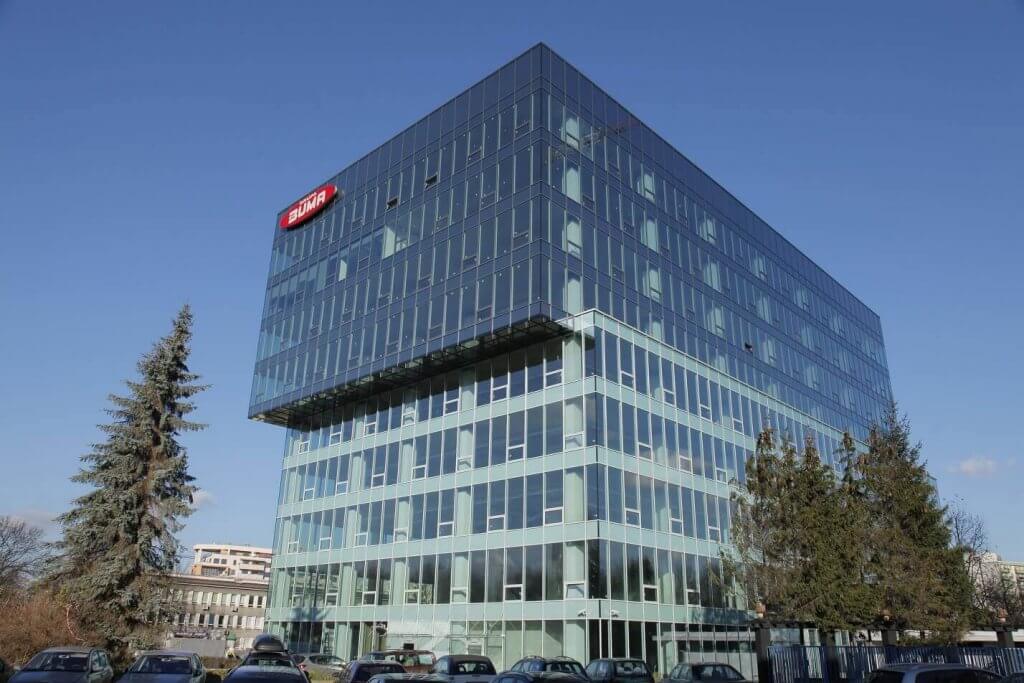
Growth for any company is always a healthy sign. As your business grows, the process to centralize all systems, procedures, and communications between departments becomes increasingly complex. This might negatively impact your operations and cause a major financial loss in the long run.
An enterprise resource planning (ERP) system is designed to help you efficiently streamline your company’s processes. However, implementing this system is extremely complicated and time-consuming. Therefore, many major companies have chosen to engage with the help of SAP consulting services due to their expertise in this field.
A Brief Introduction to ERP
What exactly is an ERP system? Simply put, it’s a centralized system that connects all the different computer systems within an organization together. This usually ranges from the finance, IT, marketing, human resources, production to distribution departments.
By sharing a singular platform, different departments within the company can retrieve data in real-time. This increases work efficiency, cuts down miscommunications, and improves accuracy.
For example, if you run a retail company with five stores across the country, an ERP system enables your store managers to log their inventory, which can then be accessed by the purchasing department in real-time. This will help the purchaser to decide when to place a new order and prompt the logistics department to make arrangements for delivery.
How to Avoid ERP Failure
So, your business is growing very quickly, and you have decided that implementing the ERP system will help to expand your business further. Indeed, it can do that. But without proper planning, this might end up being very costly.
To avoid ERP failure, here are five things you can do:
- Get the Executives Onboard
This should be the first and most crucial step. As the ERP system will affect your entire organization, you will want buy-ins from your executive team.
Present to them the benefits of having a centralized system and how it can help each of their departments to thrive. When you align your goals with your executives’ vision, they will be more willing to collaborate with you to ensure that the timeline is met when the project starts.
The executives also play a big role in influencing their team members. Their conviction will encourage the team members to be on board too.
- Get the Right ERP Tools
For a successful ERP implementation, the needs of every department must be taken into account. Hold multiple sessions with your managers from different departments and find out what their pain points are.
Also, ask them what their future plans are and how the ERP system can help them to achieve that. These are important information that will help you to decide on finding the right tools for your operations.
There are a few essential questions to ask when choosing the right tools for your system.
- Can the system unify the works of several departments easily with the controlled access put in place?
- Is it easy to navigate around the interface?
- Are the search and reporting functions user-friendly?
- Can the system be scaled and customized for extra modules to be added when needed?
- Consult An Experienced Consultant
When you invest in an ERP system, it’s assumed that you will be using it for the next eight to 10 years. Most ERP vendors will convince you that their software can solve all your problems. If you are new to setting up this system, consulting an experienced consultant may help you to evaluate your needs and provide the necessary suggestions for the right purchase.
- Proper Data Migration and Configuration
For the new system to function, it will need data to run. Before data migration can happen, you will need to clean up the existing data set. This is a great opportunity for you to look into the data and consider which information is still relevant to your company.
It will be wise not to migrate all the data at once. Configure your data settings and run a few pilot tests to see whether the system runs as intended.
Migrating data from the old system to the new system can be a tedious job. It pays to be patient during this phase, for it can help to prevent unneeded disruptions when the system goes live.
- Prepare Your People
Change can be difficult for most people. When a company-wide change takes place, anticipate that there will be some push-back from your people, especially those from the rank-and-file position. This is where change management can help to lessen the impact of resistance.
- Communicate
Start by communicating with your people even before the setting-up of ERP takes place. Make them feel like they are on this journey together with you.
It’s important to hear them out at this point. If your team members are willing to share with you the challenges they face with the current system, this gives you a greater advantage to convince them that the new ERP system may work to their benefit.
- Training And Testing
To increase adoption rates, it’s paramount that every staff member who will be using the system goes through sufficient training sessions. Ideally, several training programs should take place before the system goes live.
While test piloting, it may reveal issues with data migration or some other backend issues. Your members will be able to give you valuable feedback that can help you improve the system further before it goes live.
Piloting sessions should be taken into accounts and set into your project timeline. Without proper testing, you run the risk of releasing a subpar system that will frustrate your team members. This will set your effort back by a few steps when the staff members choose to revert back to the system.
Conclusion
Implementing the ERP system for your growing company is a great way to set yourself up for future expansion. It works toward increasing productivity, streamlining processes, and improving communication.
For great success in setting up your ERP system, it’s important to look into the details. Following the above guidelines is a good way, to begin with.




















